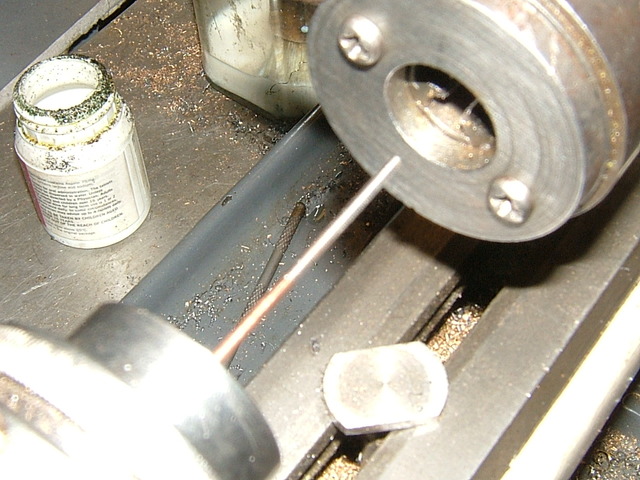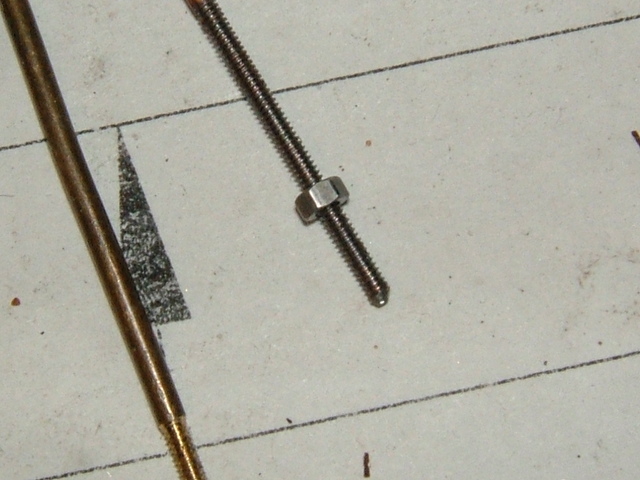- Joined
- Oct 1, 2010
- Messages
- 1,341
- Reaction score
- 393
Philosophically,
I have built up my tap and die collection over the years the same way I have bought drills: By project, more or less.
I am in the US, so UNC and UNF are what I have the most of. Since I also use metric stuff, I also have been building up my collection of metric taps and dies based on what my projects call for. I also have occasional "Odd-Size" items such as some taps for British piping as used on old British cars and the 5/8-27 that audio guys know is what microphone stands use here.
I have not got any BA, ME, or MTP as I haven't made any scale models: most of my engine stuff is like Elmer's Engines and made-up stuff, which is for me and not for show. If I start down the path of casting kits, I suspect those may show up.
I generally buy good quality at prices I can stand, but I have some cheaper items just so I have something I might need: For example, I have good metric taps and dies bought for the sizes I have needed, but I also have a discount-house metric set to fill in the gaps in my range. I tend to buy taps in multiples when projects are planned, sometimes buying the same size in more than one style or brand or quality, so I am slowly learning what I really want to buy the next time. I have spiral taps in sizes I use a lot, as I can power-tap with them or they work well in harder materials. I also have some forming taps in small sizes I haven't really used a lot yet, as I have been sidelined from building more involved things due to famiily events.
One thing I like to emphasize is that I have high-quality drills for use with the taps only, and I buy them in multiples when project planning.
I believe taps should be considered supplies and good ones kept carefully and ones that are getting tired should be retired (not thrown out, just not used unless there is no other option.)
--ShopShoe
I have built up my tap and die collection over the years the same way I have bought drills: By project, more or less.
I am in the US, so UNC and UNF are what I have the most of. Since I also use metric stuff, I also have been building up my collection of metric taps and dies based on what my projects call for. I also have occasional "Odd-Size" items such as some taps for British piping as used on old British cars and the 5/8-27 that audio guys know is what microphone stands use here.
I have not got any BA, ME, or MTP as I haven't made any scale models: most of my engine stuff is like Elmer's Engines and made-up stuff, which is for me and not for show. If I start down the path of casting kits, I suspect those may show up.
I generally buy good quality at prices I can stand, but I have some cheaper items just so I have something I might need: For example, I have good metric taps and dies bought for the sizes I have needed, but I also have a discount-house metric set to fill in the gaps in my range. I tend to buy taps in multiples when projects are planned, sometimes buying the same size in more than one style or brand or quality, so I am slowly learning what I really want to buy the next time. I have spiral taps in sizes I use a lot, as I can power-tap with them or they work well in harder materials. I also have some forming taps in small sizes I haven't really used a lot yet, as I have been sidelined from building more involved things due to famiily events.
One thing I like to emphasize is that I have high-quality drills for use with the taps only, and I buy them in multiples when project planning.
I believe taps should be considered supplies and good ones kept carefully and ones that are getting tired should be retired (not thrown out, just not used unless there is no other option.)
--ShopShoe






